AVS Spotlight: Infura's DIN - Leveraging EigenLayer's Slashing for Decentralized Infrastructure
Infura's DIN harnesses EigenLayer's slashing to create blockchain infrastructure with real economic stakes. Providers back their promises with staked ETH, creating the first marketplace where reliability failures have financial consequences—bringing trustless security to web3's connection points.
Imagine the blockchain world as a vast electrical grid. For this grid to function, it needs reliable connection points where developers can tap into its power. But what happens when these connection points fail? Today, there's often no consequence beyond a damaged reputation.
Enter Infura's Decentralized Infrastructure Network (DIN), which is revolutionizing blockchain infrastructure access by implementing EigenLayer's slashing provisions to create something the ecosystem desperately needs: a decentralized RPC marketplace with cryptoeconomic guarantees.
The Accountability Challenge
When developers build blockchain applications, they face a contradiction: they're creating trustless systems while placing complete trust in centralized infrastructure providers like Infura. Without cryptoeconomic accountability mechanisms:
- Infrastructure failures have minimal financial consequences for providers
- Quality of service is backed only by reputation, not economic incentives
- Decentralized alternatives lack the tools to enforce reliability standards
For web3 to reach its potential, infrastructure needs the same cryptoeconomic guarantees that secure the blockchains themselves.
Infura's Slashing-Powered Solution
Infura, a Consensys company and industry leader in blockchain infrastructure, is addressing this challenge by implementing EigenLayer's slashing provisions through its DIN AVS. As Tom Hay, head of product for Infura's DIN, explains:
"By leaning on Ethereum's economic security through EigenLayer, we continue to build on DIN's steady progress, creating a web3 permissionless marketplace for infrastructure services."
Through this slashing-powered approach, Infura has already shown promising results, including:
- Establishing a network where providers stake cryptoassets against their performance
- Completing their first "ephemeral testnet" in March 2025, successfully testing the onboarding flow for nine providers and a Watcher into the DIN AVS smart contracts
- Creating a framework where poor infrastructure performance has real economic consequences
How Infura Implements EigenLayer's Slashing
At the core of Infura's DIN is EigenLayer's slashing mechanism. The DIN AVS functions primarily as an economic and verification layer that manages onboarding, enforces SLAs, and coordinates the staking, rewards, jailing, and slashing processes. Infura's implementation creates a comprehensive accountability system through:
- Stake-Backed Service Level Agreements - Infrastructure providers must back their service promises with staked ETH that becomes slashable if they fail to deliver
- Tiered Slashing Conditions - Infura has designed a graduated slashing model where penalties match the severity of infrastructure failures:
- Minor outages trigger small slashes
- Data inconsistencies trigger moderate slashes
- Persistent failures trigger major slashes
- Fair Appeal Process - Node providers have access to a challenge period where they can appeal to a veto committee if they believe Watchers' claims are inaccurate, ensuring fairness in the slashing system
- Watcher-Verified Performance - Specialized "Watcher" nodes continuously monitor provider performance across availability, data correctness, and latency metrics, submitting evidence to the AVS, which can then trigger slashing events when violations occur
- Accountable Watchers - Watchers themselves must also stake assets, ensuring they have economic incentives to perform honest and accurate testing, with penalties for dishonest or contradictory claims
E.G. Galano, Co-Founder of Infura, emphasizes the power of this mechanism:
"When your node performance directly affects your staked collateral, you take SLA compliance very seriously. By focusing our AVS purely on onboarding, testing, and automated slashing, DIN eliminates half-measures and fosters an accountable, high-availability environment."
Slashing in Action: The Enforcement Spectrum
Infura's implementation of slashing creates an enforcement spectrum that balances accountability with provider sustainability:
- Rewards for quality service - First, providers with exceptional uptime and performance receive enhanced rewards
- Traffic redirection - When minor issues occur, traffic is temporarily routed away from problematic providers
- Jailing - For more serious or persistent issues, providers enter a "jailed" state where they can't receive new traffic until they prove remediation and pay a Watcher testing fee to rejoin
- Slashing - For critical failures, economic penalties are applied proportional to the severity
- Ejection - For catastrophic failures or malicious behavior, providers face both maximum slashing and permanent removal
This nuanced approach ensures infrastructure quality without creating an environment too punitive for providers to participate.
Real-World Impact of Slashing-Enforced Quality
Infura's slashing implementation creates powerful benefits across the ecosystem:
- For developers: Service level agreements backed by real economic stakes, not just promises
- For infrastructure providers: Clear performance metrics with both penalties and rewards
- For blockchain networks: A ready-made, quality-enforced infrastructure layer
Infura plans to launch with multiple Watchers to minimize centralization in the verification process, further enhancing the system's decentralization and reliability. Their recent testnet validated key aspects of their approach, with ephemeral testnet v0.2 planned to launch shortly—ensuring Infura's DIN will be ready with slashing capabilities when EigenLayer's update goes live on April 17.
Excited to announce that DIN's AVS has completed testnet v0.1 with @eigenlayer @alt_layer @_BuildBear @txtxrun and 9 DIN Providers. This AVS will provide programmatic onboarding and economic security testing to DIN. DIN is currently live decentralizing RPC endpoints for… pic.twitter.com/OR3kbBQdrj
— DINBuild (@DINBuild) April 16, 2025
Why Slashing Matters for Web3 Infrastructure
Sreeram Kannan, founder of EigenLayer, highlights that Infura's implementation of slashing "enables permissionless infrastructure provision, thus scaling the marketplace while simultaneously increasing reliability and reducing costs."
Through slashing, Infura brings to infrastructure the same cryptoeconomic guarantees that make blockchains trustworthy. This combination—EigenLayer's slashing capability and Infura's innovative implementation—creates a new paradigm where infrastructure becomes accountable through the same mechanism that secures the underlying blockchains themselves.
For the first time, developers can access not just decentralized but cryptoeconomically secured infrastructure—a critical evolution that completes web3's promise of end-to-end trustlessness.
More Resources
- Read the DIN whitepaper: din.build
- Learn about EigenLayer's Slashing feature: Introducing Slashing on EigenLayer
- Stay updated: Slashing on Mainnet is Coming Soon
- Dive into the technical details: Slashing ELIP-002
- Explore comprehensive guides: EigenLayer Slashing Documentation
- Follow Infura on Twitter: @infura_io

